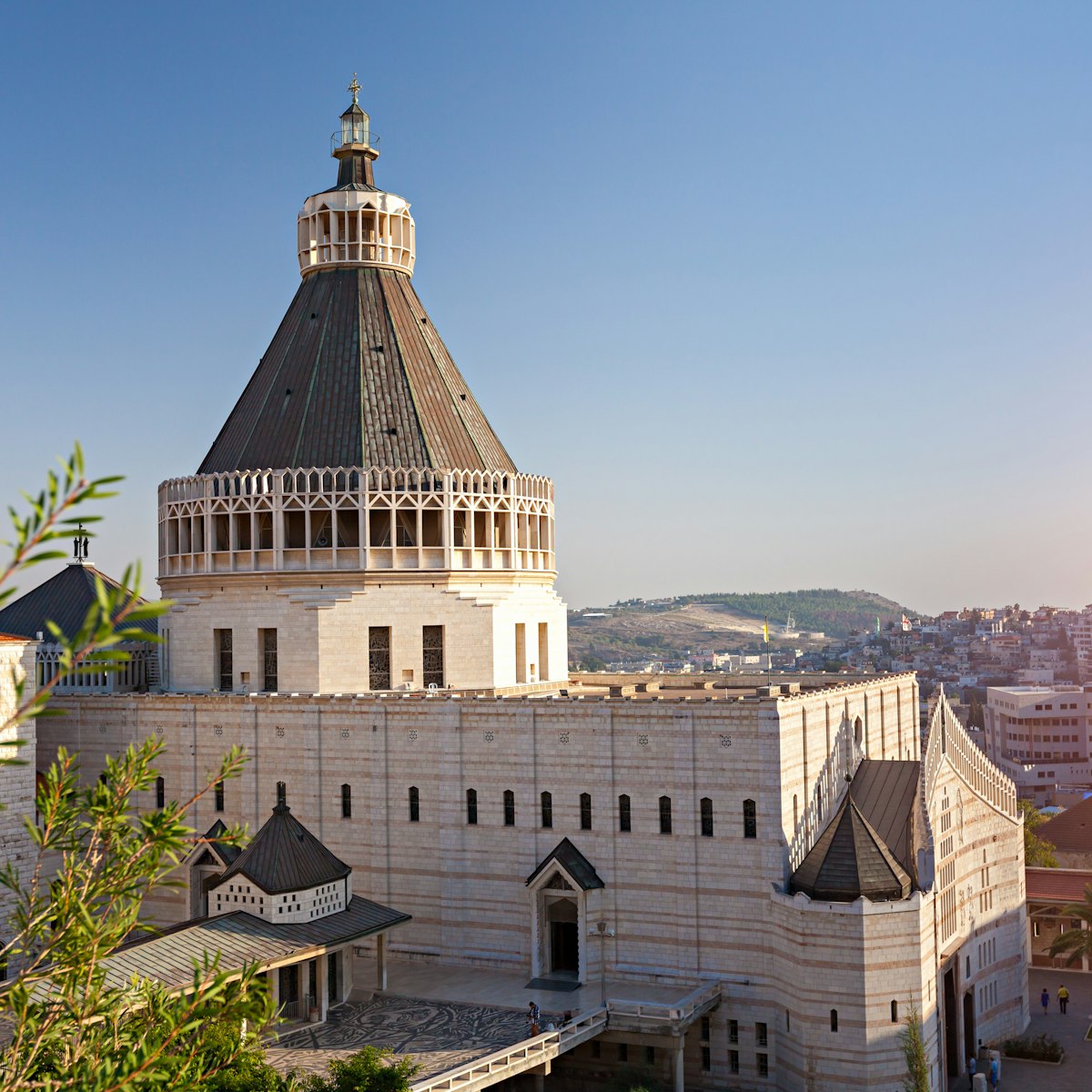In ancient times, Tzipori was a prosperous and well-endowed city with stone-paved roadways (you can still see the ruts left by Roman wagons), a sophisticated water-supply system (you can walk through part of the underground aqueduct), a marketplace, bathhouses and a 4500-seat theatre. Today, the star attraction is a mosaic portrait of a contemplative young woman nicknamed the Mona Lisa of the Galilee, discovered inside the (now air-conditioned) remains of a Roman villa.
Two seven-minute films provide fascinating background on the site: one at the park entrance, the other in the 5th-to-7th-century synagogue (air-conditioned), whose mosaic floor is decorated with a beautiful Zodiac circle. The whole site is wheelchair accessible.
It was in Tzipori, in the 2nd and 3rd centuries CE – a generation or two after the Bar Kochba Revolt (132–135 CE) against Rome – that Rabbi Yehuda HaNassi is believed to have redacted the Mishnah (the earliest codification of Jewish law). A bit later on, Tzipori scholars contributed to the Jerusalem (Palestinian) Talmud.








